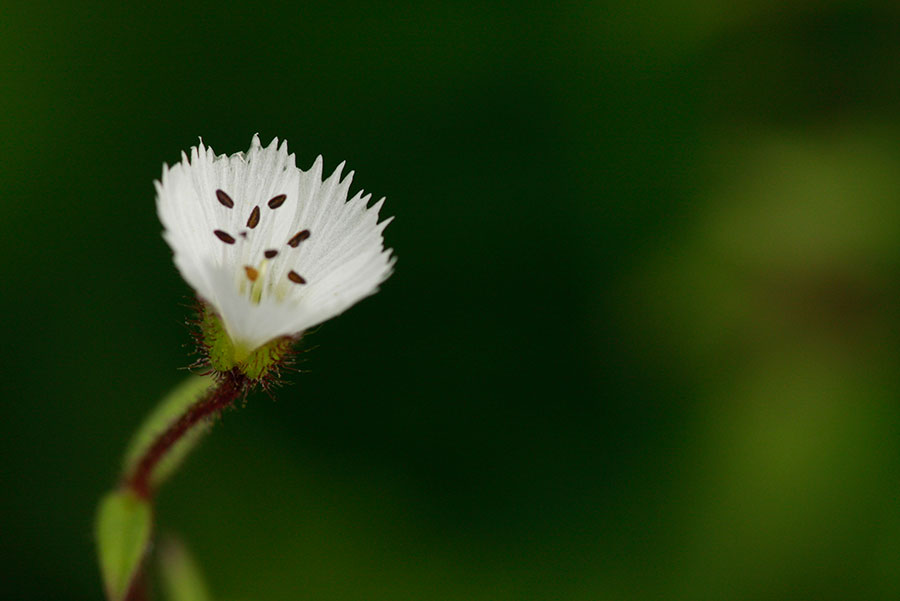Bhutan has one of the most diverse, rich, and pristine ecosystems in the world. For centuries, the country has been home to thousands of species of plants and flowers. With more than 70 percent of the land still under forest cover, Bhutan is a global biodiversity hotspot.
In ancient times, the rest of the world recognized Bhutan by its reputation for rich floral resources that abounded in medicinal herbs, flowers, and the evergreen cypress trees. There are over 6,000 species of vascular (flowering) plants, 411 species of ferns, 470 orchids, and 46 rhododendrons.
Bhutan’s national flower, the Blue Poppy, grows in the alpine regions of the country along with rhododendron and various other herbs and shrubs. Of the 46 rhododendron species found in the country, six are endemic to Bhutan.

Despite its small geographical size, Bhutan has all the major ecosystems in its three vegetation zones where different species of plants and animals live and thrive. The temperate regions of eastern Bhutan abound in species of pine trees including blue pine, chirpine, and Bhutan pine, which is endemic to Bhutan. The southern subtropical region is home to broadleaved tress including teak, sal, sandalwood, and chirpine.
Today, with increased emphasis on conservation and research, more new species are being discovered every year.
Bhutan’s rich vegetation absorbs more carbon than the country produces, making it a net carbon sink. With many environment-sensitive policies, including a substantial percentage of the country’s land dedicated to national parks and sanctuaries, Bhutan has positioned itself as a leader in environmental conservation.




